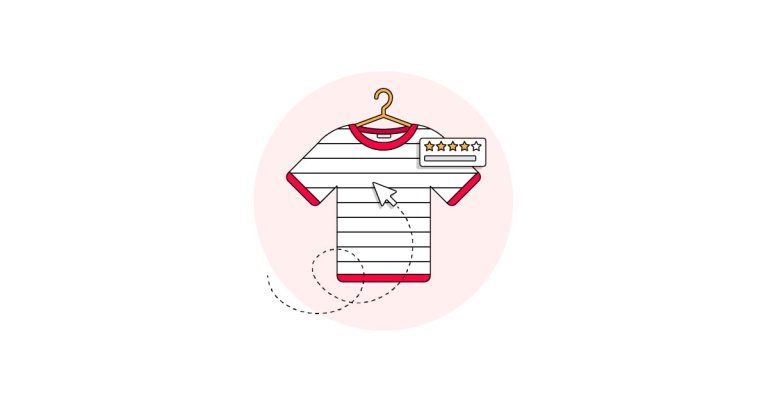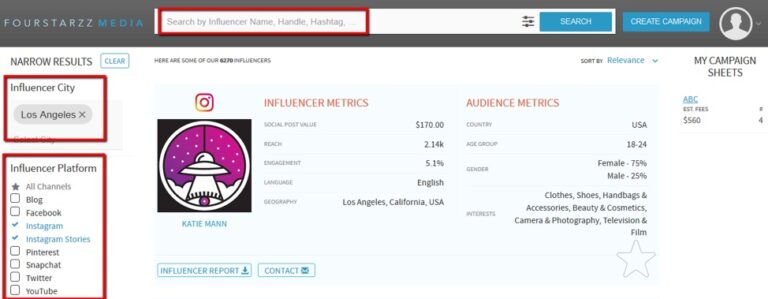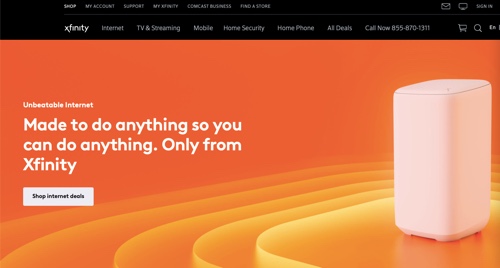
Elsewhere, Emarsys states that “emotional factors are central to people’s motivations for signing up [to subscriptions], as 32% of US consumers surveyed [in our research] admitted they signed up to the subscription because it feels nice to receive something every month.”
In a 2020 survey, McKinsey found that ‘good value for price’, ‘high quality’, and ‘good variety of items or experiences’ were the top three motivators for customer retention to subscription services.
This is largely demonstrated by the beauty and grooming category, which is now the most popular type of subscription box in the US. Twenty-three percent of subscription users subscribe to beauty boxes (compared to 19% for food and drink and 15% for fashion).
Subscriptions are motivated by our emotions
Flexibility is another key factor, and interestingly, it is the USP of Repeat – a start-up which is gaining traction in the ecommerce replenishment space. As TechCrunch explains, Repeat analyses consumer purchase behaviour in order to remind customers when it’s time to reorder products, providing them with a personalised shopping cart based on past purchases. According to co-founder Kim Stiefel, Repeat’s clients (which includes a number of FMCG companies) have seen an average 43% increase in sales since using its software. What’s more, she says that time between orders has decreased by around 18%, and average order value has increased by roughly 15%.
According to a report published in June by the Royal Mail, the UK subscription box market is predicted to be worth £1.8 billion by 2025. This forecast is based on the fact that the market has more than doubled in size since the same report was released back in 2017, with sales peaking at £1.4 billion in 2020. Other research mirrors this trend. In the US, data from Subscribed Institute shows that, in Q4 2020 alone, subscription businesses experienced revenue growth that was seven times faster than companies within the S&P 500.
Digital subscription services have also seen increased demand since 2020, fuelling already-substantial growth from before the pandemic. According to Emarsys data released back in March, one in five UK consumers say they subscribed to a new digital subscription app like Netflix, Spotify, or Babbel during the latest lockdown, with 34% of consumers aged 16 to 24 showing more interest in digital subscription apps than any other age group.
Alex Valbona, President of Birchbox Europe, told Forbes: “We make the market bigger by bringing a customer, ready to spend more in the category, and have her raise her spend pairing samples, content, and prescription,” he says. “One of the things that we are committed to is evolving our platform and subscription model to become something more flexible, and that’s one of the things that we are working on for 2021.”
Carving out long-term value for consumers
Brands like Dollar Shave Club, Birchbox, and BarkBox have all seen success with a subscription model in the past- way before the pandemic began. However, the growth of the subscription model has accelerated since Covid-19, as consumers have sought out new ways to shop online.
Ultimately, flexibility, and an overall focus on the customer experience is key when it comes to locking in loyalty in this category, and indeed any other subscription vertical. As McKinsey states, “retailers should empower a team to build subscription features in an agile, consumer-centric way.” In other words, the most successful and resilient subscription businesses focus on intrinsic customer value, rather than using the model as an add-on or niche experiment.
So, what types of subscription services are consumers buying into? More to the point, of course, will the boom continue as confidence in physical retail returns? And how can brands retain customer loyalty in this increasingly competitive space?
We’ve already seen Amazon trial this with its ‘Subscribe and Save’ service for grocery and household goods. However, there are still big barriers to overcome when it comes to grocery subscriptions – and the idea of subscription-based product replenishment in general – with consumers less willing to commit to re-ordering these types of goods on a regular or fixed schedule. This is because consumers often use up FMCG goods faster or slower depending on differing circumstances (such as finances), meaning a fixed subscription is not always sustainable. In contrast, meal kit companies like HelloFresh and Pasta Evangelists have found success based on perfectly-portioned ingredients, which in turn creates less waste, and perhaps explains greater consumer willingness to invest.
Entertainment (or rather, boredom) appears to be another factor that has fuelled sales of subscription boxes during 2020 and 2021. This also explains marked success in food and alcohol categories in particular, as consumers looked to replace out-of-home hospitality services. Naked Wines is a prime example of this, with the drinks retailer having increased its pool of regular customers (or ‘angels’ as it calls them) by 53% by the end of March 2021.
Re-thinking replenishment (and wider customer experience)
As well as personalisation – with boxes typically curated to individual consumers and their needs – another aspect that fuels the continued popularity of this category is education, such as relevant information on how to use products or incorporate them into a wider skincare or beauty routine. Beauty subscription brand Birchbox is perhaps proof that this strategy works. In 2020, the brand re-focused its marketing efforts on ‘casual beauty consumers’ – those who have no or very little knowledge of beauty – as opposed to consumers with a high-level of beauty knowledge.
However, new research suggests that this is not the only factor that influences subscription sales – lately, at least. According to Royal Mail’s report, 55% of subscription box consumers stated that they signed up to a regular service last year because they wanted to treat themselves or to cheer themselves up during lockdown. Almost 60% of shoppers who were surveyed also said they had purchased a subscription box as a gift during this time, as they were unable to see friends and family in person.
So, will consumer demand for subscription boxes reduce once lockdowns lift for good? It is perhaps likely that brands in certain categories – namely the aforementioned food and drink verticals as well as highly curated boxes (for fun rather than necessity) – could see a downward shift. However, Emarsys suggests that the brands currently seeing the most success are not necessarily focused on fulfilling any kind of short-term need from the pandemic, but are focused on creating long-lasting value.
Interestingly, however, subscriptions for physical goods are now predicted to take over digital subscriptions in 2022, with this market eventually rising to 3bn by 2025.
Repeat aims to take away barriers to replenishment subscriptions, such as customers running out of items too soon or not receiving new items quickly enough. It also aims to make the customer experience fast and seamless, sending customers a text, email, or QR code to take them to a populated ‘replenishment cart’.
While the boom in curated subscription boxes (based on personalisation and luxury) is likely to account for some of this, replenishment-based subscriptions could also come to the forefront. These services are centred around necessity and convenience, with services essentially replacing everyday items just as they run out.
The idea is certainly interesting, and could be a hint at how the subscription model could evolve for FMCG brands in future. In the meantime, of course, subscription box retailers in all categories need to think beyond the pandemic (and emotion-driven product marketing) in order to have the best chance at retaining customers long-term, focusing instead, on all aspects of the customer experience.
Will subscriptions be the next big thing in travel?
In doing so, and providing relevant and informative content surrounding the product, Birchbox has managed to turn around its previously dwindling fortunes, which saw it cut its global workforce by 25% in February 2020. Now, the retail brand is seeing a marked increase in subscribers and website visits.
From flowers and face masks to beer and bread making – retailers are now selling monthly boxes of physical products delivered to your door. The main selling point of subscription boxes is often considered to be convenience and price (considering that products inside the box are usually more expensive when sold separately).






